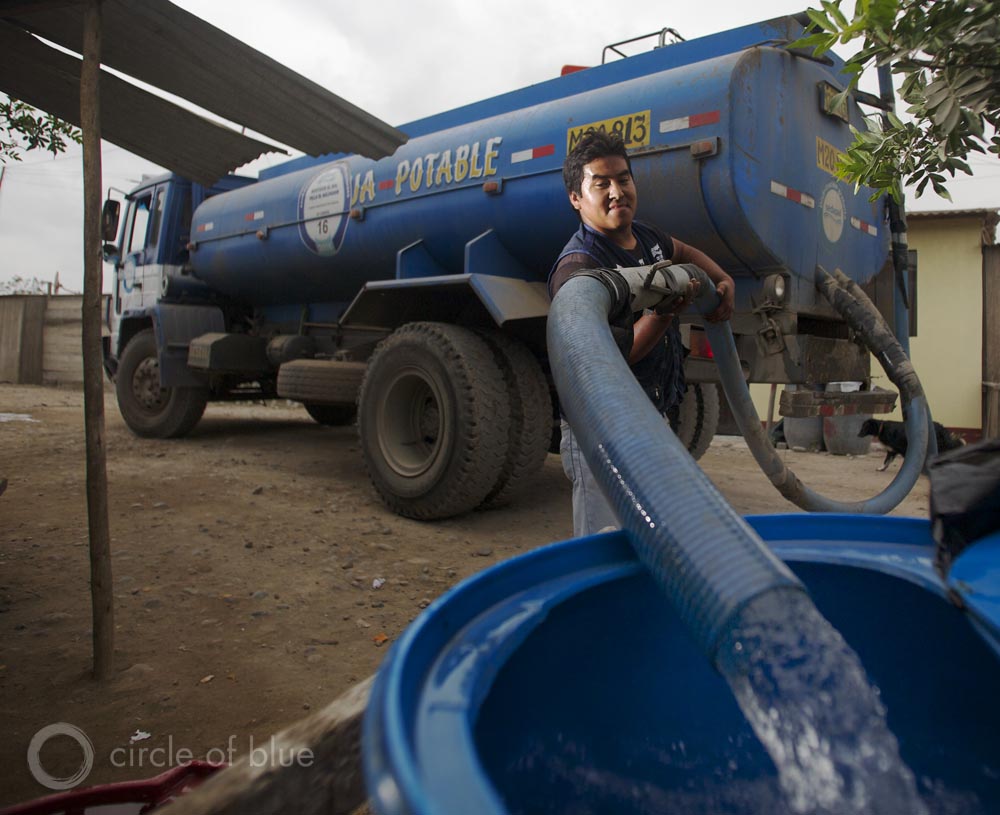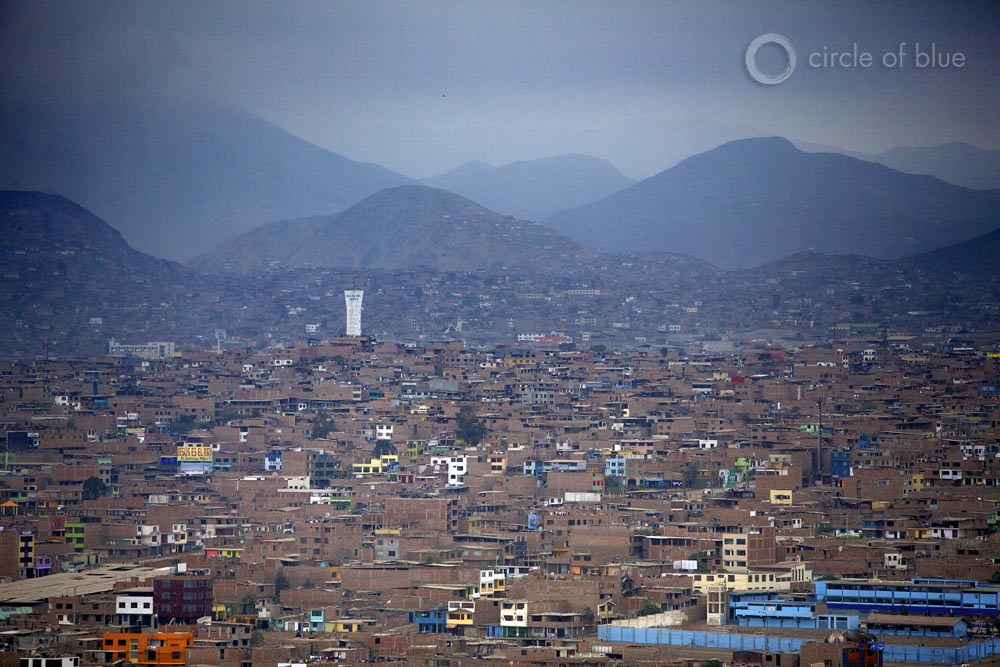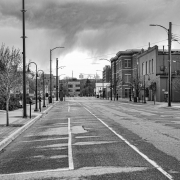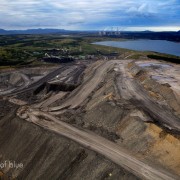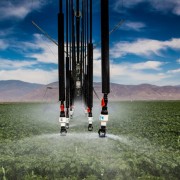Report: Lima Citizens Shoulder the Financial Burden of Water Insecurity
In Peru’s capital city, vulnerable communities pay a premium for water as poor infrastructure, population growth, and climate change pressure supplies.
Households in Lima, Peru, that are not connected to city water supplies are paying up to six times as much for water as households with a connection, according to a survey released in May by the National Superintendence of Sanitation Services (SUNASS). Rapid population growth and a lack of corresponding infrastructure improvements have left some of the city’s most vulnerable communities without affordable, reliable water supplies—a situation that could worsen due to climate change.
More than 700,000 of Lima’s 9 million residents do not have a household water connection, the survey found, while many of those who are connected receive water only a few hours each day. The desert capital is one of the driest cities in the world, with a per capita water availability of less than 500 cubic meters (17,657 cubic feet), according to the National Water Authority of Peru. The city receives 25 millimeters (1 inch) of rainfall annually.
High prices for informal water supplies are a serious problem globally, especially in growing urban areas where poor people are disproportionately affected, according to the United Nations. In New Delhi, for example, an estimated 4 million people are unconnected to piped supplies and rely on water tankers, which sell water to residents at a price of up to $US 47.41 per 5,000-liter tank, The New York Times reported. In Mali, families unconnected to water utilities do not benefit from water subsidies, forcing them to pay higher prices, the Guardian reported. Even in California, poor families in the San Joaquin Valley must pay extra to secure safe drinking water supplies due to pollution from nitrates, according to Environmental Health News.
Lima faces a particularly potent mix of population growth, insufficient infrastructure investment, and dwindling water supplies, hindering equal and affordable access to water. The city’s population is more than nine times larger than it was in 1950, leaving city water utility Sedapal scrambling to provide water access. According to industry experts, the Peruvian government would need to invest $US 19 billion to meet demand for water and sewage, the Lima-based Semana Economica newspaper reported.
At the same time, the city’s most important source of water—the Rimac River—is slowing. The river snakes down from the Andean glaciers to provide 75 percent of Lima’s water. Though river discharges fluctuate by a wide margin during the wet and dry seasons, glaciers that supply the river water are disappearing. Glacial coverage in Peru shrank by 40 percent in the past 40 years, Reuters reported.
High Water Costs
The northern and southern districts of Lima are the areas most affected by water insecurity. The northern districts, which began as settlements in the early 1980s, have struggled with poverty and water access for years. Households in these areas without in-home water access receive their water from water trucks and tankers every few days.
The cost of getting water from these tankers is much steeper than an in-home connection, according to the SUNASS survey. Lima residents without a water utility connection would save about $US 228 per year if they had access to a connection—an amount that almost equals the national monthly minimum wage. There is also a loss of valuable time associated with getting water from tankers. The survey estimated that it takes 35 minutes, on average, to fill up the water supply for a household.
Not Enough Water to Fill Taps
The southern districts of Lima are also struggling with water access, Semana Economica reported in March. While most homes in the district have a city water connection, water is only available in some areas for as little as three hours a day. This not only impacts the quality of life of the residents, but prevents further economic development in these areas, according to local real estate experts.
Gaps in water storage capacity and infrastructure are to blame for the lack of water in connected districts, according to Semana Economica. Lima does not have the infrastructure to collect and provide water to all of the taps that are already connected. For example, approximately 18 percent of potable water connections in the Puente Piedra district of Lima are not utilized to their full potential due to a lack of water-collection infrastructure,Semana Economica reported.
The Government’s Response
In response to Lima’s water challenges, Sedapal increased water rates by 6 percent this year to help expand access to running water in the city. A desalination plant, funded by taxpayers, is currently being constructed to boost water supplies for an additional 100,000 people by 2017.
SUNASS has also tapped into ancient, pre-Incan canals in the Andes, called mamanteos, PRI’s The World reported. These canals bring water down from the Andean mountaintops to the city and provide water for communities along the way.
Next year, Sedapal begins a new water sustainability initiative. The utility pledged in April to allocate about 5 percent of the water fees it collects to address water shortages, Water World reported. These funds, totaling $US 112 million, will go not only to a complete revitalization of the mamanteos, but also to developing green infrastructure and revitalizing important ecosystems, such as wetlands, to improve climate change resilience. This pledge is the biggest commitment that a Latin American utility has made for green infrastructure.
is an editorial intern for Circle of Blue based in Traverse City, Michigan. She is a senior at Northwestern University studying multimedia journalism and environmental sciences. Her interests include food security, environmental justice, and Latin American environmental policy.

